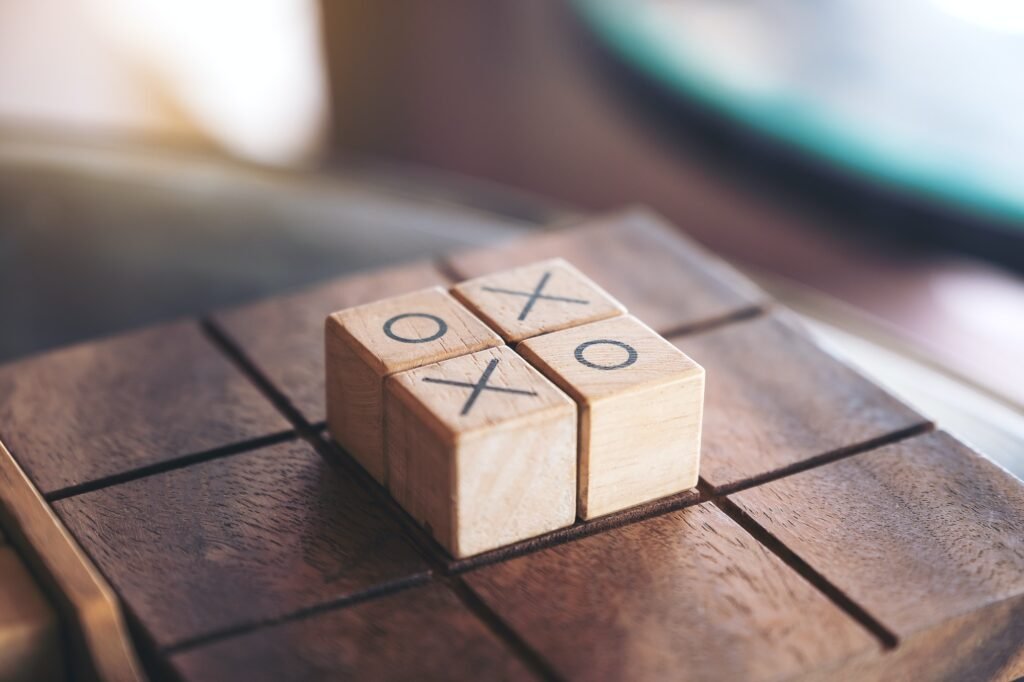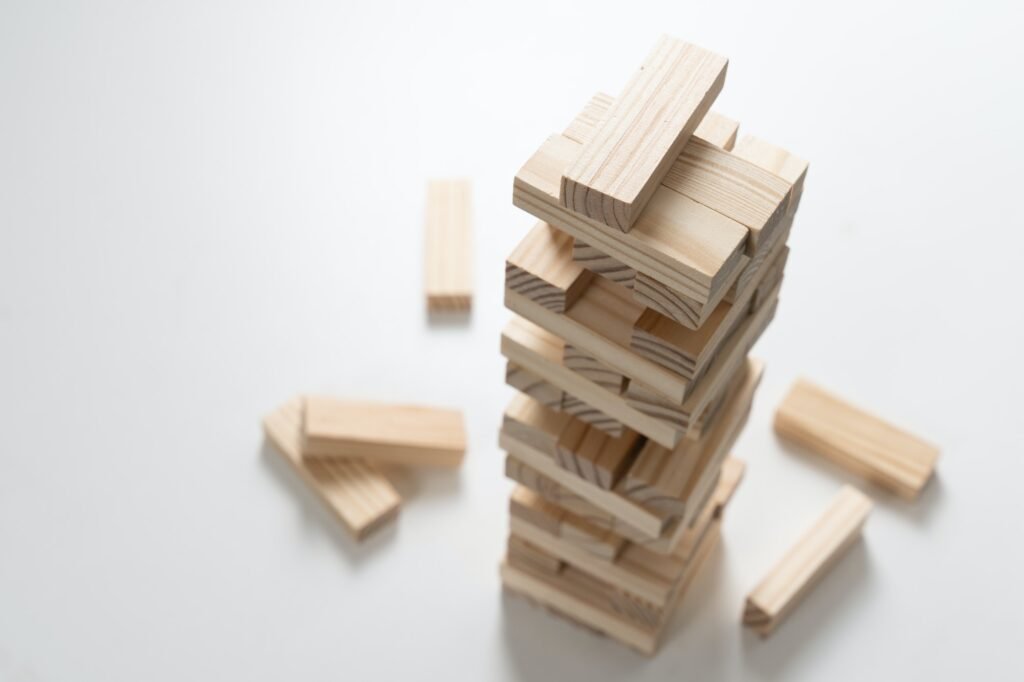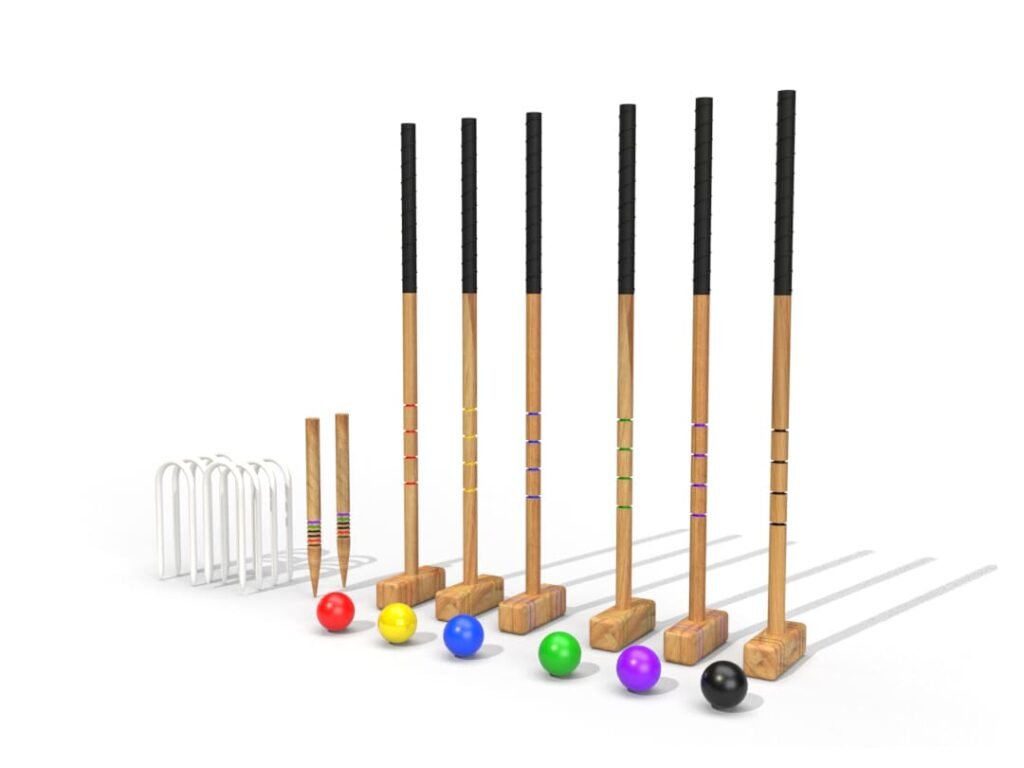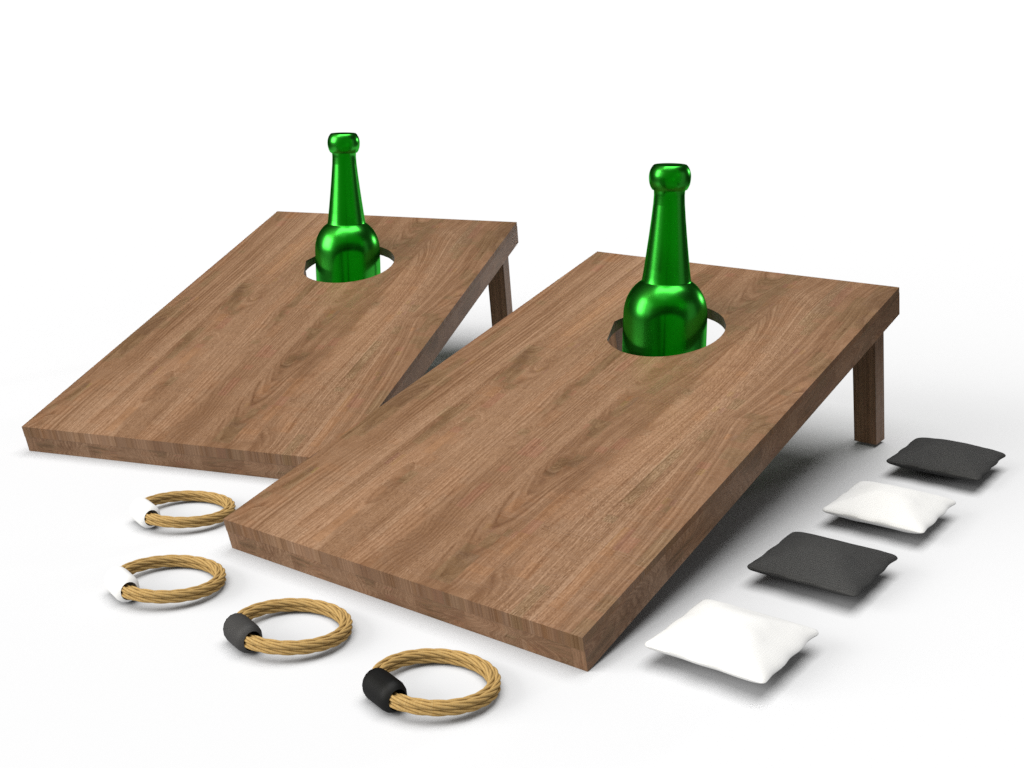Picture this: You’re at a Friday night bowling league, sipping a soda, and your buddy suddenly asks, “Why ten pins? Why not nine? Or twelve?” You freeze. Good question. You’ve never thought about it—but now it’s all you can think about. Don’t worry, friend. I’ve got your back. Let’s roll into the quirky history of bowling and strike this curiosity right outta the park.
Ten pins became the standard because of 19th-century laws trying to curb gambling—but the game’s roots go way back to ancient Egypt!
Bet you didn’t see that coming. Stick around, and I’ll spill the pins-and-beer-soaked details.
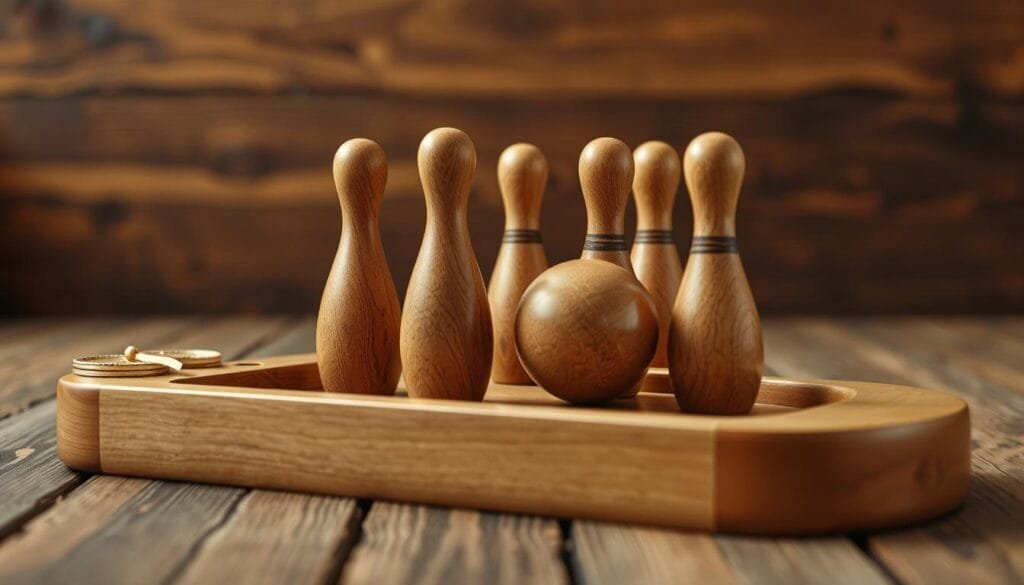
The Ancient Roots of Bowling (Spoiler: It’s Older Than Your Grandma’s Recipe)
Egyptian Tomb Raiders… and Bowling?
Yep, bowling isn’t just a thing for retro arcades. Archaeologists found a 5,000-year-old set of stone pins and balls in an Egyptian child’s grave. Imagine Cleopatra shouting, “STRIKE!” while building the pyramids. Historians think it was a religious ritual, but c’mon—someone probably bet a camel on it.
Medieval Germany: Kegels, Pins, and Liquid Courage
Fast-forward to 300 AD Germany, where bowling was less “fun” and more “church-approved therapy.” Parishioners rolled stones at kegels (clubs) to symbolize defeating sin. If you knocked it over, congrats—your soul was clean! If not? Another round of ale, please. This evolved into kegelbahn, aka early bowling lanes.
How Ten Pins Became the Law (Literally)
The Great Bowling Ban of 1841
By the 1800s, bowling in America was wild. Nine-pin games in saloons led to gambling, fights, and… gasp… public fun. Connecticut said “nope” and banned nine-pin bowling in 1841. But Americans love loopholes. Someone added a tenth pin, renamed it “ten-pin bowling,” and boom—legal again!
Sneaky Solutions: Hello, Ten-Pin Bowling!
Why ten? Adding a pin let bowlers dodge the law while keeping the game alive. Plus, ten pins fit neatly into a triangular formation (1-2-3-4 rows). It was practical and rebellious—like adding avocado to toast.
Why Ten? Blame Math (and Maybe a Few Drunks)
The Triangular Formation: Efficiency or Chaos?
Ten pins in a triangle isn’t random. The shape spreads pins apart just enough to make strikes challenging but possible. Physics nerds confirm this setup maximizes kinetic energy transfer. Translation: More pins go flying when you nail that sweet spot.
Physics 101: Why 10 Pins Just Work
Think of the pins as dominoes. Hit the headpin (front pin) at 20 mph, and the energy ripples through the triangle. Ten pins create a balance—too few, and the game’s too easy; too many, and you’re stuck in gutterball purgatory.
Modern Bowling: From Back Alleys to Glow-in-the-Dark Fun
Standardization: How the ABC Changed the Game
In 1895, the American Bowling Congress (ABC) standardized rules, pin dimensions, and lane specs. Suddenly, bowling wasn’t just for taverns—it became a sport. Leagues popped up, and by the 1950s, everyone owned a polyester shirt with their name stitched on it.
Pop Culture Strikes: Bowling’s Hollywood Moment
From The Big Lebowski to Wii Sports, bowling became a cultural icon. Even Elvis bowled! (Badly, but still.) The ten-pin setup stuck because it’s dramatic—nothing beats that sound of a strike.
Wait… Other Countries Use How Many Pins?!
Candlepins, Duckpins, and… Lawn Bowling?
- Canada uses five-pin bowling (shorter, lighter pins).
- New England has candlepin bowling (skinny pins, 3 balls per frame).
- Duckpin bowling? Tiny pins, giant balls. It’s chaos.
Why the U.S. Stuck With Ten
Ten-pin bowling thrived because of its simplicity and showmanship. Plus, the ABC’s rules made it easy to replicate nationwide. Why fix what ain’t broke?
Conclusion: The Perfect Frame of History and Fun
Ten pins? Blame boozy Germans, sneaky lawmakers, and a dash of physics. But here’s the real strike: traditions stick when they’re fun. At Kangjie, we get it—whether you’re knocking down pins or crafting custom garden games, reliability and innovation keep the game alive. Now, who’s up for a round?
FAQs: Your Burning Questions, Answered
- Did bowling really start in Egypt?
Yep! Check out the British Museum’s findings on ancient bowling-like games. - Why is the fourth row of pins called the “cocked hat”?
It resembles an old-fashioned triangular hat. No, pirates weren’t involved. - What’s the hardest bowling style?
Candlepin—trust me, even pros struggle. - How fast do pro bowlers throw?
Around 20-22 mph. Faster than a squirrel chasing acorns. - Can I customize wooden bowling sets for my business?
Absolutely! Kangjie offers fully tailored designs. Just ask Andy—he’ll vouch for us.
Custom Message:
Hey, Andy! Tired of suppliers who drop the ball? At Kangjie, we’re all about fast responses, low MOQs (500 sets), and quality that’ll make your clients cheer louder than a bowling strike. Let’s build a partnership smoother than a freshly waxed lane. Slide into our DMs at www.kangjiegardengame.com—we don’t ghost. 🎳✨

